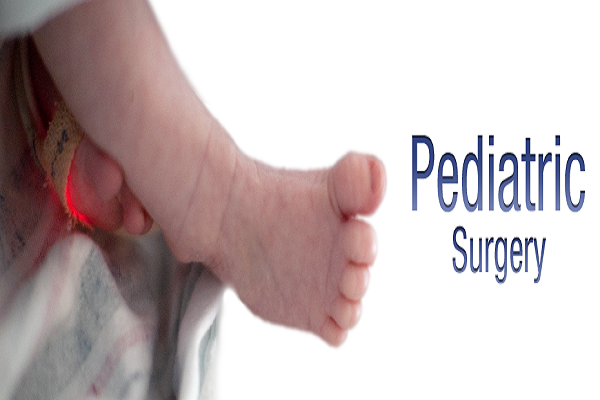Comparing the effects of three different doses of caudal ketamine plus bupivacaine on pain control after paediatric surgery
DOI:
https://doi.org/10.15419/bmrat.v5i8.466Keywords:
Bupivacaine, Caudal Anaesthesia, Ketamine, Pediatric SurgeryAbstract
Introduction: Adding ketamine to bupivacaine in caudal anaesthesia is likely to increase its analgesic effect. However, it is not clear which dose of ketamine will have the greatest impact and the lowest level of complications. Thus, the purpose of this study was to compare the effects of three different doses of caudal ketamine plus bupivacaine on pain control after pediatric surgery.
Methodology: The present double-blinded clinical trial was conducted on 69 pediatric patients, of age ranging from 6 months to 10 years. Patients were assessed via the American Society of Anaesthesiologists (ASA) physical status classification system (ASA I-II), and had been also hospitalized for herniorrhaphy and orchidopexy. The patients were randomly divided into three groups. The first group received 0.75 mg/kg of 0.25% bupivacaine plus 0.25 mg/kg of ketamine, the second group received 0.75 mg/kg of 0.25% bupivacaine and 0.5 mg/kg of ketamine, and the third group received 0.75 mg/kg of 0.25% bupivacaine with 0.75 mg/kg of ketamine (as caudal anaesthesia). The duration of motor block and analgesia, as well as sedation levels, were measured for each study group. Each patient’s level of pain was also measured (at 1, 2, 3, 4, 6 and 24 hours after the surgery) via the All India Institute of Medical Sciences (AIIMS) pain discomfort scale. The data were then compared using SPSS Statistics (Version 22), with descriptive statistics, analysis of variance (ANOVA), and Chi-square test.
Results: The findings revealed that gender distribution did not differ significantly in the three study groups (p=0.896). The mean age of the first, second, and third group were reported to be 2.82±1.86, 3.1±2.4, and 2.48±1.06, respectively; thus, there was no significant difference in terms of age between the three groups (p=0.569). Upon examining the AIIMS pain discomfort scale scores during the first 24 hours following surgery, it was observed that the pain intensity was higher in the first group than in the second and third groups. Moreover, evaluation of the pain intensity in the first and the second groups revealed comparable results, while those of the second and the third groups did not show a significant difference in this respect.
Conclusion: The results demonstrated that the most effective and safest dose of ketamine, in this study, for pain control after pediatric surgery in the inguinal region was the 0.5 mg/kg dose.

Downloads
Published
Issue
Section
License
Copyright The Author(s) 2017. This article is published with open access by BioMedPress. This article is distributed under the terms of the Creative Commons Attribution License (CC-BY 4.0) which permits any use, distribution, and reproduction in any medium, provided the original author(s) and the source are credited.
